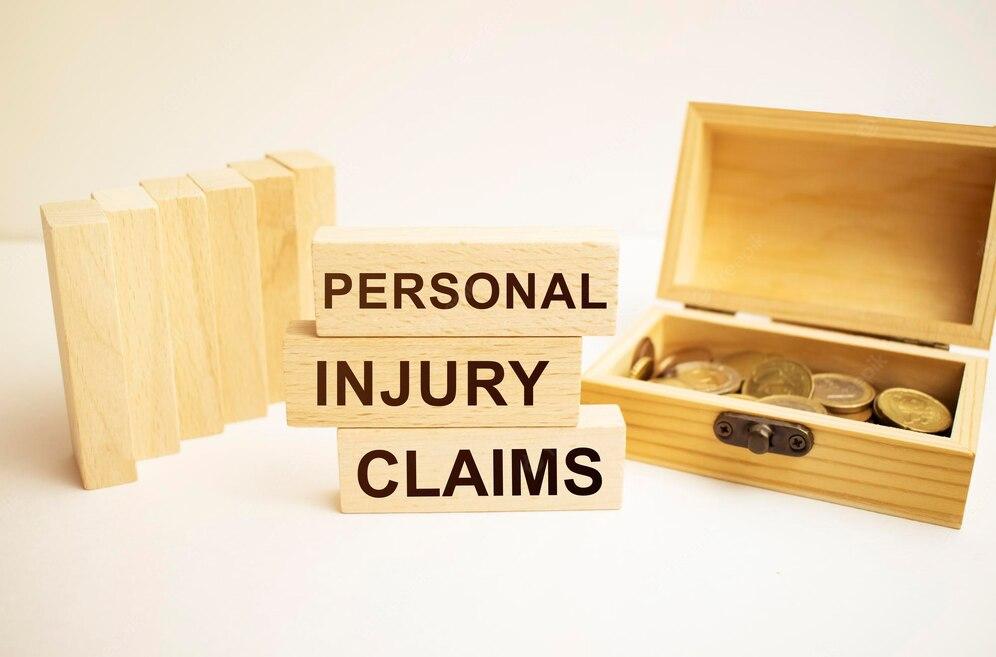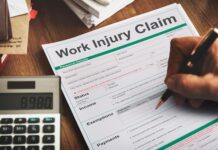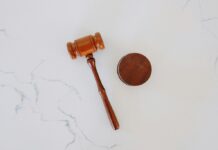
Getting hurt in an accident is scary and confusing. But having the proper evidence can make a big difference in your personal injury case. It can help show what happened and how it changed your life. When done right, good evidence can support your story, prove who was at fault, and even affect how much compensation you get.
Studies show that injury claims with strong evidence settle faster and often result in higher payouts. That’s why it’s so important to know what to do. Working with experienced personal injury attorneys who build strong cases using clear, well-kept evidence can help you get your deserved claim.
Why Documentation Matters
Evidence is the backbone of your case. It helps prove two significant things: that someone else caused your injury and how badly you were hurt.
Without proof, it’s just your word against theirs. Insurance companies look for any excuse to reduce or deny your claim. When you document everything, you make it harder for them to ignore the truth.
Types of Evidence You Should Gather
1. Photos
Take pictures as soon as you can. Snap the accident scene, your injuries, and any damage to property like cars or bikes. Make sure to photograph things like broken glass, road signs, skid marks, or poor lighting—anything that helps explain what happened.
2. Videos
A short video can show details that photos might miss. Walk around the scene slowly and narrate what you see. If security cameras were nearby or someone’s dash cam captured the event, try to get a copy.
3. Medical Records
Medical records are very important. They show how severe your injuries are and how much care you need. Keep everything: hospital visits, doctor’s notes, prescriptions, test results, and bills. These records document both your pain and the cost of recovery.
4. Witness Statements
If someone saw what happened, ask for their name and phone number. Ask them to write or record a short statement if they’re willing. A neutral witness can back up your version of events.
5. Police Reports
Always ask the police for a report. It typically includes essential details such as the time, location, and names of the people involved. It may also note who the officer thinks was at fault.
6. Your Notes
Start a journal. Write down how you feel each day, what tasks you struggle with, and how your injury changes your daily life. Also, track missed work, canceled plans, or changes in your mood. These personal details can be powerful in showing the long-term impact of your injury.
Best Practices for Keeping Evidence Safe
Once you collect evidence, you need to keep it safe. Use folders or apps to organize your documents. Always back up digital files in the cloud or on a flash drive. Ensure everything is dated and labeled.
Store it in a clean, secure place if it’s a physical item, like damaged clothing. Also, avoid changing or discarding anything, even if it seems insignificant. You never know what might turn out to be useful.
Mistakes to Avoid
Many people make simple mistakes that hurt their cases. One common mistake is waiting too long. If you wait, details might disappear—witnesses might forget, weather might change the scene, or video footage might get deleted.
Another big mistake is oversharing on social media. Insurance companies often check posts to look for signs that you’re not as hurt as you claim. A simple picture of you smiling at a family event could be used against you, even if you were in pain at the time.
The Final Say
In a personal injury case, the evidence you collect can change everything. Photos, records, and notes help tell your story and prove your case. If you document things correctly and avoid common mistakes, you’ll be one step closer to getting the support you deserve.







